Best Stocks to Buy Now
Our list of the best stocks to buy now reflects the lesson of the past few years: Be ready for anything.


Kiplinger's annual investing outlook, which includes the best stocks to buy, has been a feature for our readers since 2012.
As executive editor for Kiplinger's Personal Finance Magazine, I have authored the piece since then, surveying the stock market and economy and synthesizing my findings into key takeaways.
That's no small task, given the broad and dynamic nature of the market. Along with conducting plenty of research, I rely on my experience to draw out the most important trends and likely winners for the best stocks to buy.
I've covered this story for over a decade now, but I've been an investing writer for far longer. I've seen investors through a lot of bull markets and bear markets.
How you can choose the best stocks to buy
When investors are attempting to find the best stocks to buy now, they should look beyond factors such as company size (small-cap stocks and large-cap stocks, for instance) or investing style (such as growth or value) and search for stocks of companies with consistent profits, good cash flow and other indicators that reflect quality.
"If a company generates more cash than it needs to run its business, it can do a number of useful things with it, such as pay dividends, buy back its stock, acquire other companies, expand its business and knock out its debts," writes Kiplinger contributor Will Ashworth on the importance of good cash flow.
While Kiplinger's outlook provides context and advice related to general market trends, it's important for individual investors to consider their own risk tolerance and time horizon when deciding what works best for them and their financial goals.
With that in mind, here are seven of the best stocks to buy now.
Data is as of September 26.

Best stocks to buy
When assembling this list of Kiplinger's best stocks to buy, we sought out high-quality companies that boast solid fundamentals such as strong earnings and revenue growth as well as free cash flow.
Free cash flow is the money left over after operating expenses and spending on assets.
Additionally, many of the names featured here can be considered some of the best value stocks as measured by their forward price-to-earnings (P/E) ratios.
The names on our list of the best stocks to buy vary by size and industry and are not meant to make up a diversified portfolio.
But all, for one reason or another, are well positioned to benefit over the next 12 months.
Company | Ticker symbol |
|---|---|
Becton, Dickinson | BDX |
Fiserv | FI |
Goldman Sachs | GS |
Kenvue | KVUE |
Lam Research | LRCX |
Spotify Technology | SPOT |
Vertiv Holdings | VRT |
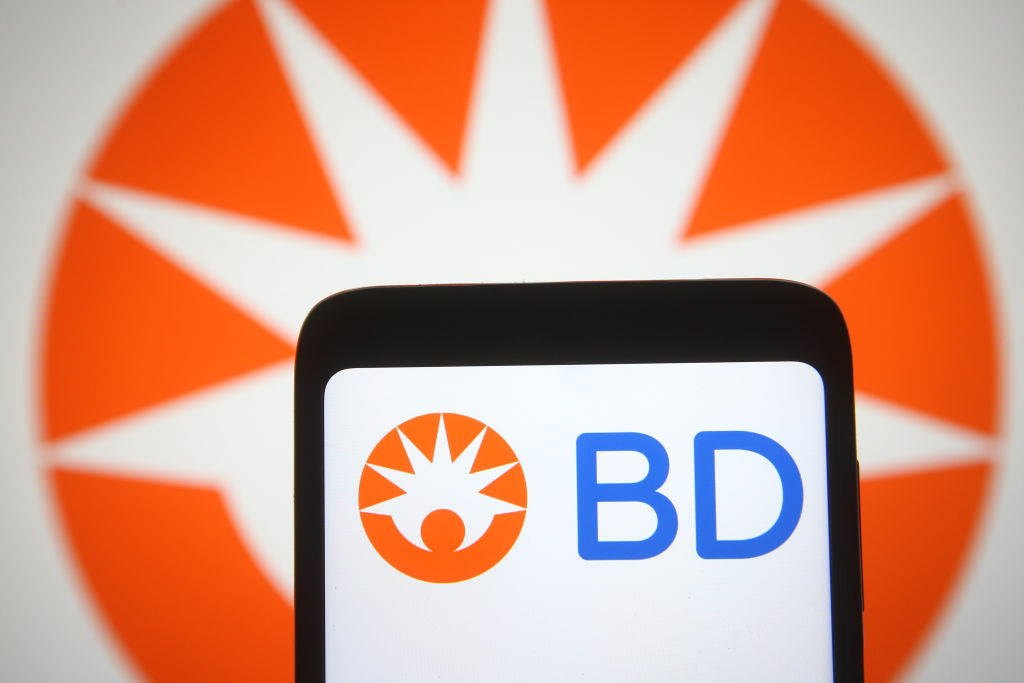
Becton, Dickinson
- Sector: Healthcare
- Market value: $52.9 billion
- Dividend yield: 2.3%
Becton, Dickinson (BDX) makes single-use surgical products that are replaced regularly.
Morningstar analyst Alex Morozov says approximately 85% of the company's revenue is recurring. Think of the old analogy of blades providing the ongoing revenue stream for razor manufacturers.
Becton, says Morozov, is "a $40 billion-plus business of different blades."
That diversity has helped. While medical-device peers saw declines in their businesses over the past year, Becton's was stable, albeit flat.
At current prices, the health care stock trades at 13 times 2025 expected earnings – a discount to its historic price-earnings ratio and compared with its peers.
Analysts expect earnings to grow 9.4% in 2025 compared to 2024. The shares yield 2.3%.
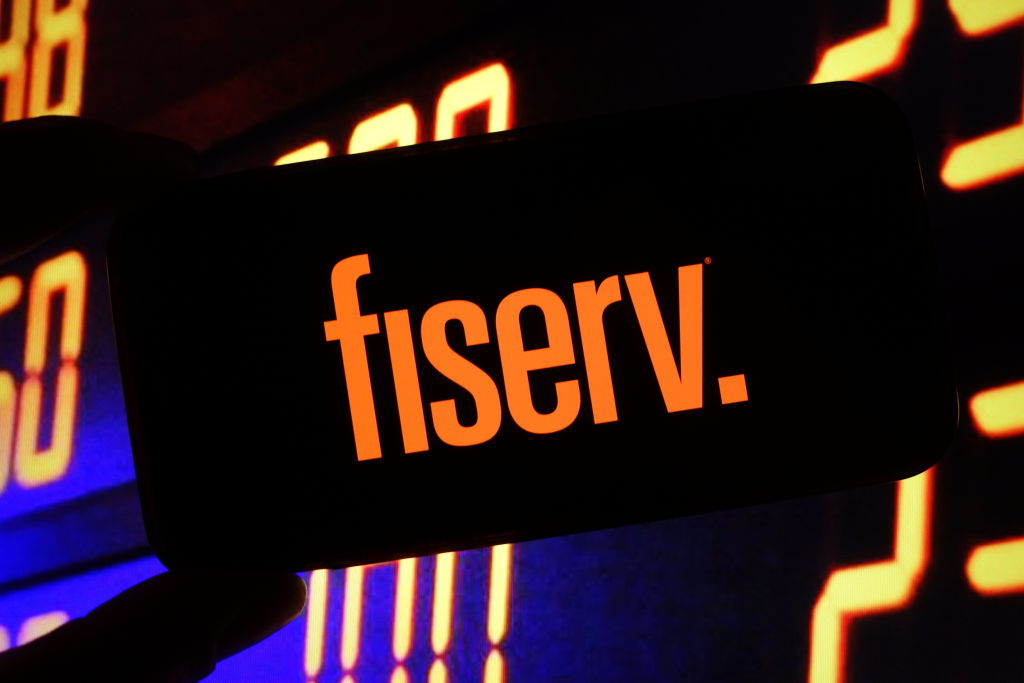
Fiserv
- Sector: Financials
- Market value: $70.4 billion
- Dividend yield: N/A
Fiserv (FI) provides information-management and e-commerce systems for the financial services industry.
Shares are down 27.4% over the trailing 12 months, though a bullish following on Wall Street sees upside of more than 40% over the next 12 months for one of the best stocks to buy.
"We believe that this financial services firm benefits from a highly scalable business model," writes Argus Research analyst Stephen Biggar. Despite lowering organic revenue guidance from 10% to 12% to 10% when it announced second-quarter 2025 results in July, management continues to forecast earnings growth of 15% to 17%.
Biggar notes that over the last several years Fiserve "has consistently turned single-digit revenue growth into double-digit EPS growth with help from robust margins and share buybacks."
The analyst reiterated his Buy rating on the financial stock but lowered his 12-month price target from $234 to $193, "a lower multiple to reflect softer guidance."
Biggar says a 15% sell-off on earnings day "was overdone. We see the long-term growth story as intact and believe there is value in the shares."
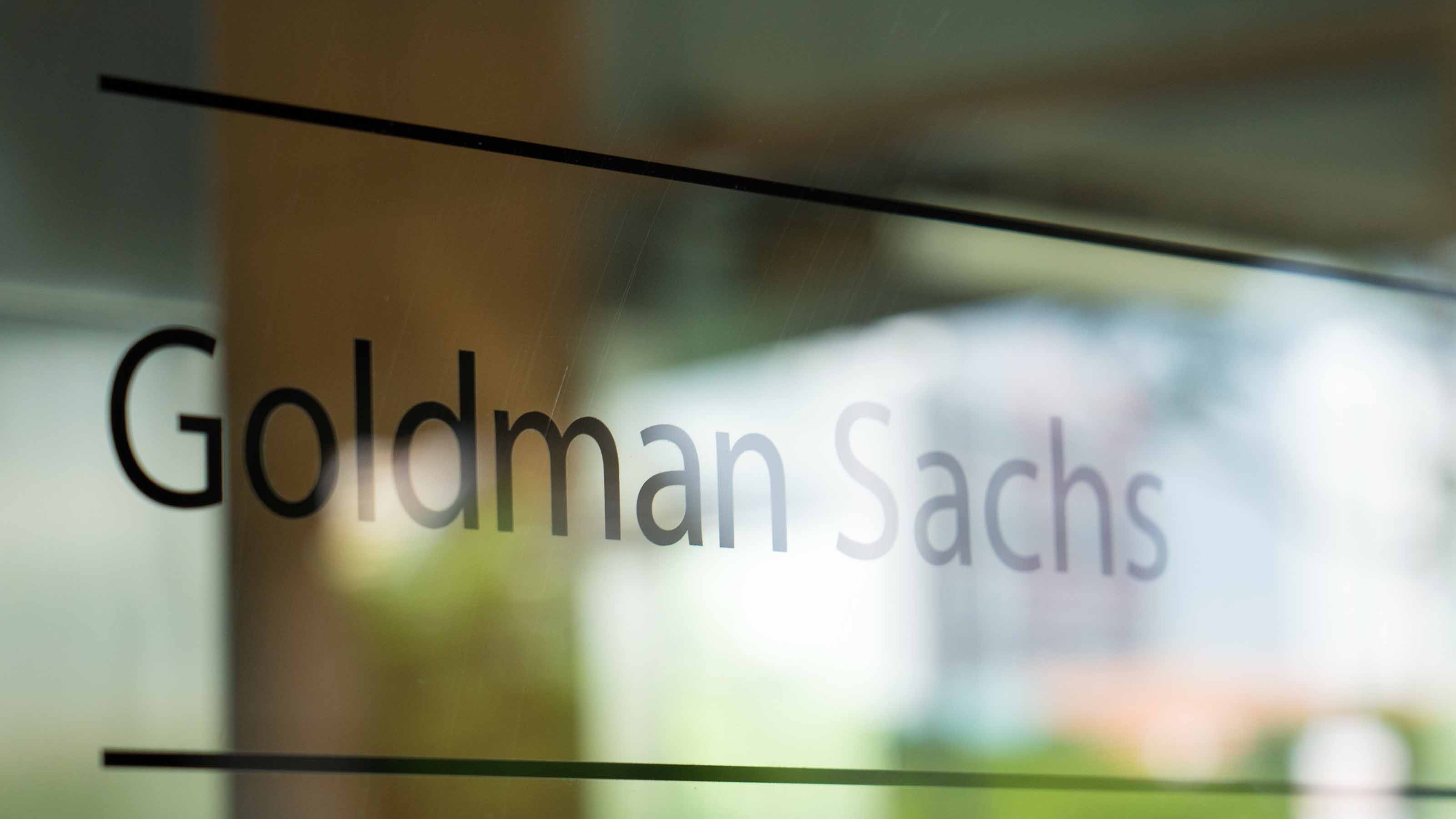
Goldman Sachs
- Sector: Financials
- Market value: $242.9 billion
- Dividend yield: 2.0%
Investment banks did well in 2024, but 2025 "will be even better," says Jay Hatfield, manager of InfraCap Equity Income Fund ETF, thanks in part to an expected increase in initial public offerings (IPOs).
That was before tariff-related uncertainty started to take its toll on markets and forecasts for economic activity.
But Goldman Sachs (GS) has other pluses, including a growing wealth management business that pulled in record fees in 2024. And assets rose to a new high of $3 trillion.
Robust results have pushed the shares up more than 64% over the past 12 months, with gains accelerating along with the broader market in the post-Liberation Day rally.
And the blue chip stock trades at 17 times 2025 expected earnings, in line with its five-year average. Analysts expect annual earnings growth of 15% in 2025, and the stock yields 2%.
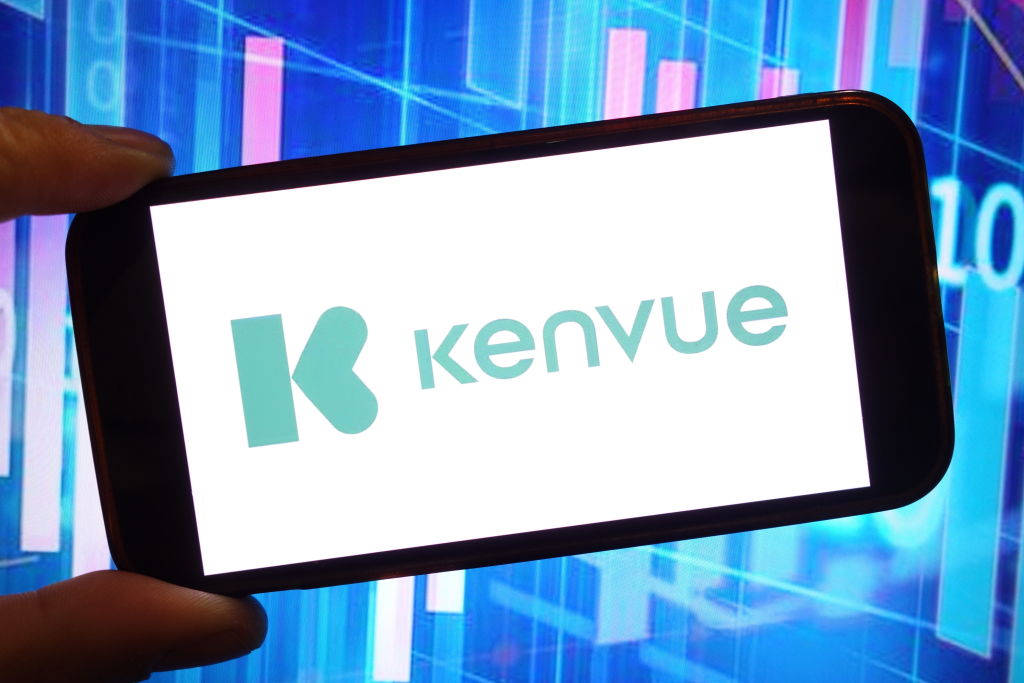
Kenvue
- Sector: Consumer staples
- Market value: $31.5 billion
- Dividend yield: 5.1%
Spun off from Johnson & Johnson in 2023, Kenvue's (KVUE) brands include Band-Aid, Neutrogena and Tylenol.
The consumer staples stock trades at just 16 times expected 2025 profits, "mispriced for the portfolio they have," says T. Rowe Price Value fund manager Ryan Hedrick.
KVUE stock has suffered recently due to public statement by Secretary of Health Robert F. Kennedy Jr. and President Donald Trump linking acetaminophen, the pain relief medication Kenvue markets as Tylenol, to autism.
"There's an opportunity to improve growth, particularly in skin care," he says, noting that Kenvue's beauty line should benefit from being out of the shadow of a big pharmaceutical firm.
The analyst sees revenue growth of 3% to 4% a year and earnings growth of 6% to 8%. The stock yields 5.1%.
"There's reason to believe this stock will be a better version of itself over time," says Hedrick.

Lam Research
- Sector: Technology
- Market value: $162.4 billion
- Dividend yield: 0.8%
Shares in Lam Research (LRCX), which makes semiconductor manufacturing equipment, has recovered from a slide caused by imposition of U.S. curbs on exports of chip technology and worries stemming from poor results from a big competitor.
The pullback provided a nice entry point for investors seeking out the best stocks to buy.
"Artificial intelligence will continue to fuel demand for semiconductors, and everything is becoming more and more digital," says John Buchanan, editor of The Prudent Speculator.
Analysts expect double-digit earnings growth in both 2025 and 2026.
And one of Wall Street's best stocks to buy trades at 29 times expected 2025 profits – a discount to the typical maker of semiconductor wafer fabrication equipment.

Spotify Technology
- Sector: Communication services
- Market value: $147.5 billion
- Dividend yield: N/A
Spotify Technology (SPOT), a leading DJ of America's playlists, is spinning into profitability in 2025.
The independent music streamer is no longer a "top pick" from Morgan Stanley Research after SPOT's stock price more than doubled in 2024.
The company flexed in big ways: raising prices after years of holding them effectively flat; realizing savings after a headcount reduction in 2023; and unlocking earning power by launching audiobooks and offering a bundled service.
Morgan Stanley analyst Ben Swinburne reiterated his Overweight rating on SPOT and raised his 12-month target price from $700 to $850 in July, implying upside of nearly 20% from its recent closing price.
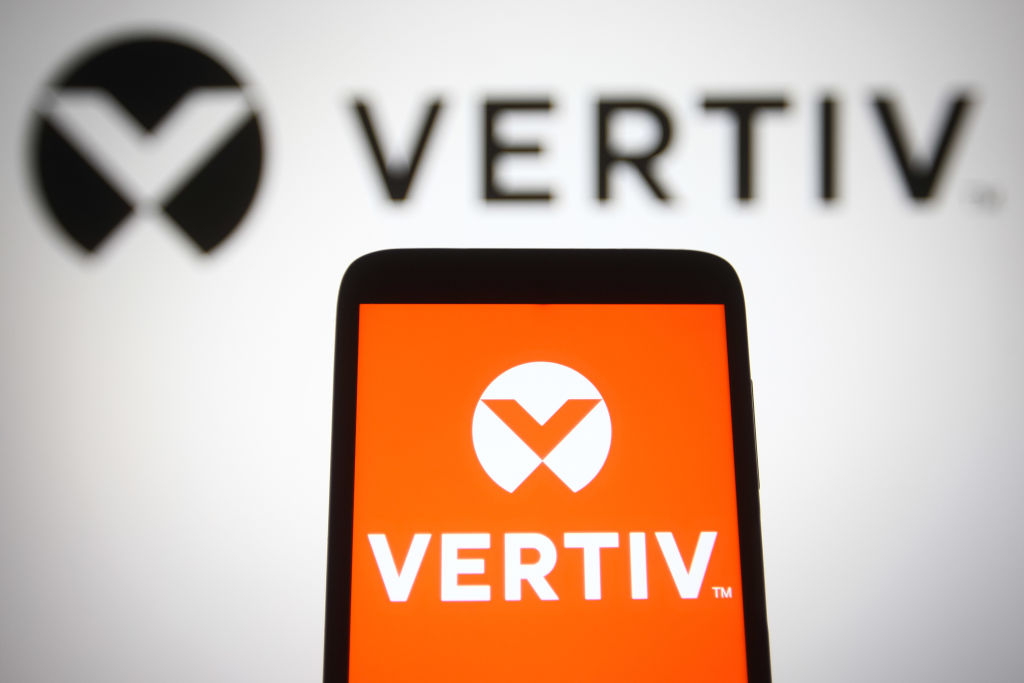
Vertiv Holdings
- Sector: Industrials
- Market value: $52.9 billion
- Dividend yield: 0.1%
Vertiv Holdings (VRT) is an industrial firm specializing in digital infrastructure and also makes components to keep big data centers and AI computers operating.
Vertiv offers a fluid management system via a liquid cooling loop that includes components such as heat rejection units (cooling distribution units, heat exchangers, chillers) as well as sensors and controls, explains UBS analyst Amit Mehrotra.
Its systems are more effective than others that just blow cold air, using less electricity and allowing computers to be packed more densely together.
Microsoft's (MSFT) introduction of a new cooling system that could eliminate the need for cold plates by bringing liquid coolant directly into the silicon is not a significant threat to Vertiv, which is not in the cold plate business, as Mehrotra explains.
And a new partnership with Nvidia (NVDA) should drive significant revenue and profit growth for one of Wall Street's best stocks to buy.
Vertiv shares sold off in early 2025 after soaring in 2024 and now trade at 38 times expected 2025 earnings. Mehrotra's 12-month target for the stock is $173, implying upside of 25%.
Note: These stock picks first appeared in Kiplinger's Personal Finance Magazine, a monthly, trustworthy source of advice and guidance. Subscribe to help you make more money and keep more of the money you make here.
Related content
Profit and prosper with the best of Kiplinger's advice on investing, taxes, retirement, personal finance and much more. Delivered daily. Enter your email in the box and click Sign Me Up.

Anne Kates Smith brings Wall Street to Main Street, with decades of experience covering investments and personal finance for real people trying to navigate fast-changing markets, preserve financial security or plan for the future. She oversees the magazine's investing coverage, authors Kiplinger’s biannual stock-market outlooks and writes the "Your Mind and Your Money" column, a take on behavioral finance and how investors can get out of their own way. Smith began her journalism career as a writer and columnist for USA Today. Prior to joining Kiplinger, she was a senior editor at U.S. News & World Report and a contributing columnist for TheStreet. Smith is a graduate of St. John's College in Annapolis, Md., the third-oldest college in America.
- Nellie S. HuangSenior Editor, Kiplinger Personal Finance Magazine
- Kim ClarkSenior Associate Editor, Kiplinger's Personal Finance
-
 Four Spa Retreats for Well-Heeled Retirees
Four Spa Retreats for Well-Heeled RetireesWe hand-picked these U.S. spa retreats for their serenity, amenities and dedication to the comfort of older travelers. All are located in the Continental U.S.
-
 Four Military Benefits That Have Helped My Family
Four Military Benefits That Have Helped My FamilyMilitary life can be challenging for servicemembers and their families, but they're offered some significant financial benefits to help cushion the blow.
-
 Why More Americans Are Redefining Retirement, Just Like I Did
Why More Americans Are Redefining Retirement, Just Like I DidRetirement readiness requires more than just money. You have a lot of decisions to make about what kind of life you want to live and how to make it happen.
-
 3 Major Changes Investors Must Prepare for in 2026
3 Major Changes Investors Must Prepare for in 2026A possible stock market bubble. Trump accounts. Tokenized stocks. These are just three developments investors need to be aware of in the coming months.
-
 A Compelling Case for Why Property Investing Reigns Supreme, From a Real Estate Investing Pro
A Compelling Case for Why Property Investing Reigns Supreme, From a Real Estate Investing ProInvestment data show real estate's superior risk-adjusted returns and unprecedented tax advantages through strategies like 1031 exchanges and opportunity zones.
-
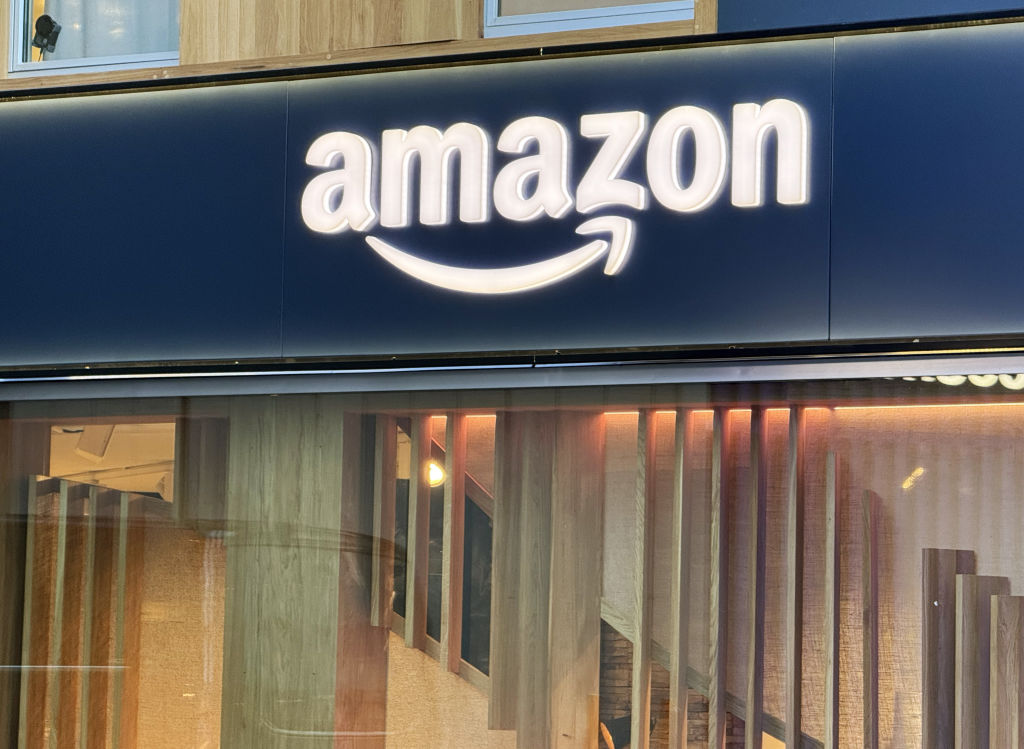 Stocks Close Out Strong Month With Solid Amazon Earnings: Stock Market Today
Stocks Close Out Strong Month With Solid Amazon Earnings: Stock Market TodayAmazon lifted its spending forecast as its artificial intelligence (AI) initiatives create "a massive opportunity."
-
 Are You Retired? Here's How to Drop the Guilt and Spend Your Nest Egg
Are You Retired? Here's How to Drop the Guilt and Spend Your Nest EggTransitioning from a lifetime of diligent saving to enjoying your wealth in retirement tends to be riddled with guilt, but it doesn't have to be that way.
-
 Government Shutdown Freezes National Flood Insurance Program: What Homeowners and Buyers Need to Know
Government Shutdown Freezes National Flood Insurance Program: What Homeowners and Buyers Need to KnowFEMA's National Flood Insurance Program is unavailable for new customers, increased coverage or renewals during the government shutdown.
-
 Separating the Pros From the Pretenders: This Is How to Tell if You Have a Great Adviser
Separating the Pros From the Pretenders: This Is How to Tell if You Have a Great AdviserDo you leave meetings with your financial adviser feeling as though you've been bulldozed into decisions or you're unsure of what you're paying for?
-
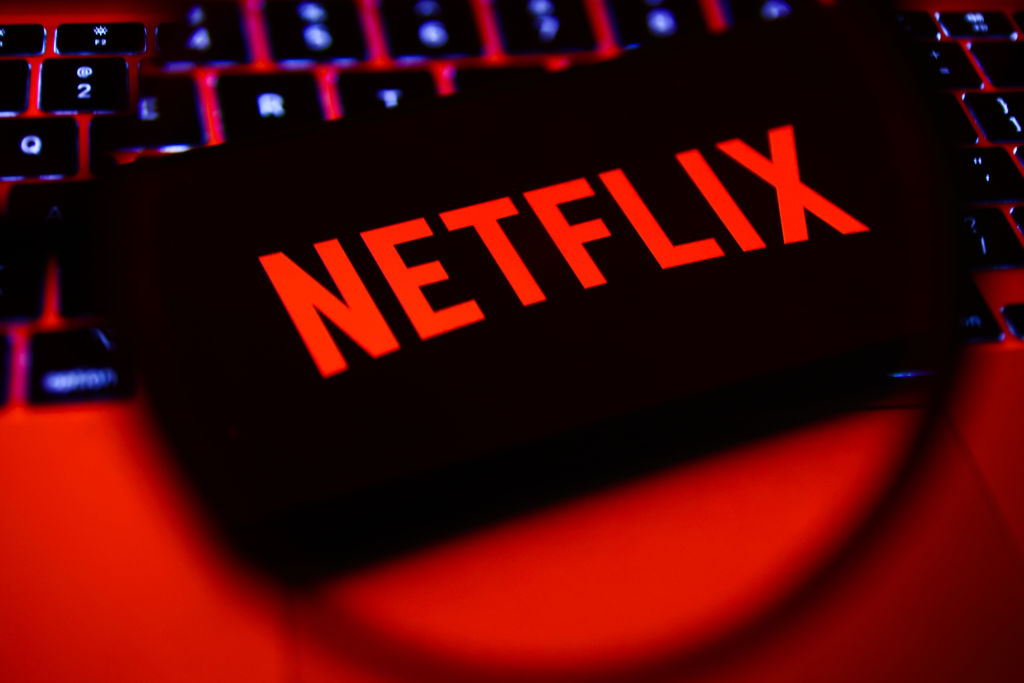 What Netflix Stock's 10-for-1 Split Means for Investors
What Netflix Stock's 10-for-1 Split Means for InvestorsNetflix announced its long-awaited stock split after Thursday's close. NFLX will start trading on a split-adjusted basis ahead of the November 17 open.
